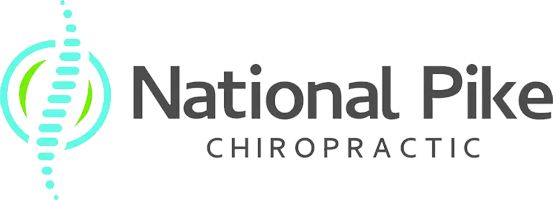Welcome to National Pike Chiropractic – Your Solution for Neck Pain Relief
Neck pain can be debilitating and affect your daily life. At National Pike Chiropractic, we understand the impact of neck pain on your overall well-being. Our dedicated team of chiropractors is committed to providing effective and personalized treatments to address various forms of neck pain. With a focus on holistic care and evidence-based practices, we are here to help you find relief and regain your quality of life.
Understanding Neck Pain: A Global Concern
Did you know that neck pain is ranked 4th for global disability and 21st for global burden of pain? These numbers are expected to rise, affecting nearly 48% of the world's population at some point in their lives. The intensity of persistent neck pain surpasses even that of low back pain, making it a pressing issue that needs attention.
Identifying Risk Factors and Causes
Neck pain can stem from a multitude of factors, categorized into three classes:
- Individual Lifestyle: Sedentary habits, poor posture, and lack of physical activity contribute significantly to neck pain.
- Physical or Biomechanical: Trauma, overuse, and improper ergonomics can lead to strains, sprains, and disc-related issues.
- Psychosocial: Stress, hormonal imbalances, and lifestyle choices can exacerbate neck pain symptoms.
Our Expertise in Treating Common Neck Pain Conditions
At National Pike Chiropractic, we specialize in the treatment of various forms of neck pain. Here are some of the most common conditions we address:
- Posture-Related Neck Pain: Poor posture, often caused by prolonged sitting or improper ergonomics, can lead to a range of neck pain issues. Our chiropractors are skilled at diagnosing and treating posture-related discomfort.
- Discogenic Neck Pain (Disc Related): Cervical disc derangement can lead to intense neck pain and even radiating symptoms. Our comprehensive approach includes identifying the root cause and tailoring treatments accordingly.
- Cervicogenic/Tension-Type Headaches: Headaches stemming from neck issues are common. We offer a holistic approach that combines chiropractic adjustments, exercises, and lifestyle modifications for effective headache relief.
- Neck Sprain/Strain: Whether caused by sudden impacts or prolonged poor posture, neck sprains and strains can be incredibly painful. Our team works to alleviate pain and prevent future recurrences.
- Cervical Radiculopathy/Pinched Nerves: Nerve compression can lead to various symptoms, including pain, numbness, and weakness. Our chiropractors are experienced in relieving nerve pressure and promoting healing.
Holistic Approach to Treatment
At National Pike Chiropractic, we believe in a holistic approach to healing. Our treatments are tailored to your individual needs, incorporating a combination of:
- Chiropractic Adjustments
- Muscle Release Techniques
- Corrective Exercises
- Lifestyle Modifications
- Postural Analysis and Correction
- Patient Education
Empowering You on Your Journey to Wellness
Our mission extends beyond pain relief – we empower you with the knowledge and tools to take charge of your own well-being. Whether you're seeking relief from acute pain or looking for long-term solutions, our team is here to guide you every step of the way.
Don't let neck pain hold you back any longer. Contact National Pike Chiropractic today to schedule an appointment and embark on your path to a pain-free life.
Contact Us | Schedule an Appointment | Testimonials
